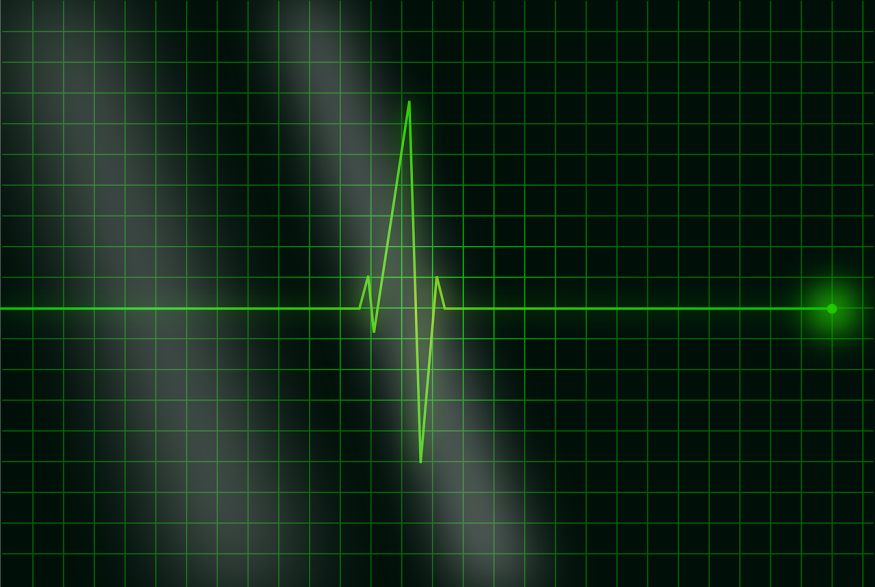Death seems to have certain phases that are reversible. That is why the legal and scientific definition of death continues to be a topic for debate. Additionally, there exists an array of synonymous terms, such as brain death, biological death, and vegetative death among others.
On the other hand, the declaration of death is pretty straightforward in the sense that a person who does not have a heartbeat or has stopped breathing is declared dead. But the advent of resuscitation techniques, like cardiopulmonary resuscitation (CPR) and defibrillation, as well as life support seemed to have changed it. So when is a person clinically dead?

Why Incorrect Declaration of Death Still Happens
Incorrect declaration of death could happen, hence the old naval custom of sewing the canvas shroud through the nose of a dead sailor as it is a potent enough stimulus to wake a sailor if they are still alive.
Today, confirmation of death is a lot less brutal. But the failure to conduct confirmation of death explains why some instances people are incorrectly declared dead.
Stephen Hughes, a senior lecturer in medicine at Anglia Ruskin University, wrote in his article in The Conversation the factors for such an event to happen.
He mentioned drugs, toxins, and cold water. For example, sedating drugs are thought to protect the brain from damage so it has been made used in anesthesia during medical procedures, especially when there is a need to stop circulation for a time. But an overdose of this drug depresses breathing and circulation, which may lead to an impression of death.
Moreover, certain toxins also have a similar effect. Some voodoo practitioners administer powders to victims to make them look dead. These powders contain small doses of tetrodotoxin from puffer fish that can cause paralysis.
Lastly, Hughes wrote about the effects of immersion in cold water. He said that such activity also leads to the illusion of death because it slows the heart rate. There have been previous records of survival after a considerable amount of time. That is why a drowned patient is not declared dead until they have been warmed up.
There are other factors for an incorrect declaration of death, but whatever they may be, these cases still appear in the media because they tend to sensationalize to attract attention. Ultimately, such cases are rare.
When Does a Patient Become Clinically Dead?
The border between life and death might appear hazy at times. Certain situations can be contentious since some death decisions necessitate a doctor's decision to intervene or cease fighting.
As per Smithsonian Magazine, the bottom line is that someone with no heartbeat, no breathing, and no brain activity equals clinical death, although it does not always mean death.
Clinical death is treated as a medical emergency, with CPR and other treatments administered. Only when a physician abandons all attempts and declares brain or biological death, followed by legal death, can legal death be pronounced. In the United States, this signifies the withdrawal of "personhood" from the deceased's body.
RELATED ARTICLE: All Living Things Die: What Happens to the Body After Death?
Check out more news and information on Medicine and Health in Science Times.
© 2026 ScienceTimes.com All rights reserved. Do not reproduce without permission. The window to the world of Science Times.












